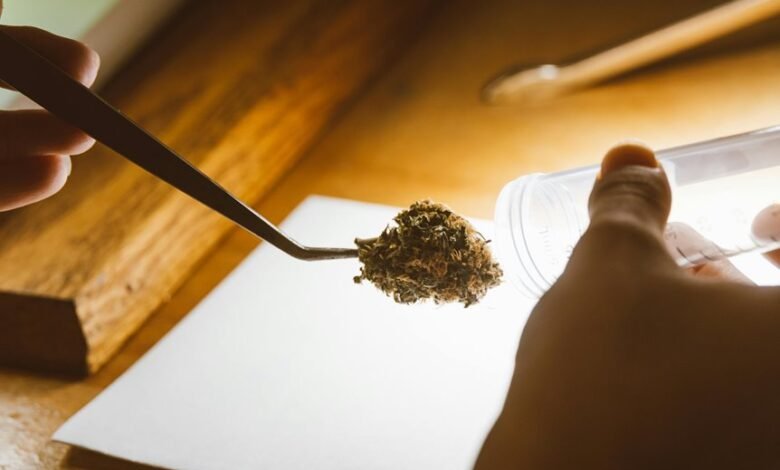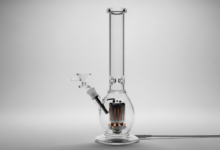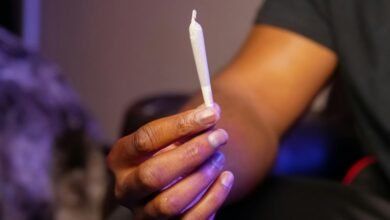Does Cbd Come Out in Hair Follicle Drug Test

The presence of CBD in hair follicle drug tests raises important questions. While CBD itself is unlikely to appear, its metabolites might. A key concern stems from trace amounts of THC in some CBD products, which can lead to unexpected positive results. Understanding the distinctions between CBD and THC, as well as their processing in the body, is crucial for those who use these products. What implications might this have for users facing drug screenings?
Understanding Hair Follicle Drug Testing
Although various drug testing methods exist, hair follicle drug testing has gained prominence due to its ability to detect substance use over an extended period.
This method analyzes hair samples to provide a history of drug consumption, enhancing drug testing accuracy. Unlike other techniques, hair testing methods can reveal usage for up to 90 days, making it a comprehensive option for monitoring substance abuse.
The Difference Between CBD and THC
Understanding the nuances between different cannabinoids is important, especially in the context of drug testing.
CBD benefits include potential therapeutic effects without the psychoactive properties found in THC. Conversely, THC effects often result in euphoria and intoxication.
This distinction is critical for individuals considering cannabinoid use, particularly those concerned about passing drug tests, as THC is typically the compound tested for.
How CBD Is Processed in the Body
When CBD is consumed, it undergoes a series of processes in the body that determine its effects and duration.
CBD metabolism primarily occurs in the liver, where enzymes break it down into various metabolites.
These metabolites can be detected in drug detection tests, though they typically do not indicate THC presence.
Understanding this process is essential for those using CBD products responsibly.
Implications for Passengers of Drug Tests Using CBD Products
The metabolism of CBD in the liver can lead to the presence of metabolites in the body, which raises concerns for individuals subject to drug testing.
Despite CBD's legalities in many regions, users may face unexpected drug test consequences. This unpredictability underscores the importance of understanding product sourcing and composition, as even trace amounts of THC can trigger positive results in drug screenings.
Conclusion
In conclusion, while CBD itself typically does not appear in hair follicle drug tests, the potential presence of THC metabolites in certain products poses a risk for users. With an estimated 60% of CBD products containing detectable levels of THC, individuals must carefully consider their product choices. As testing methods advance, understanding the intricacies of these substances becomes increasingly crucial for those subject to drug screenings, highlighting the need for transparency in the CBD market.






